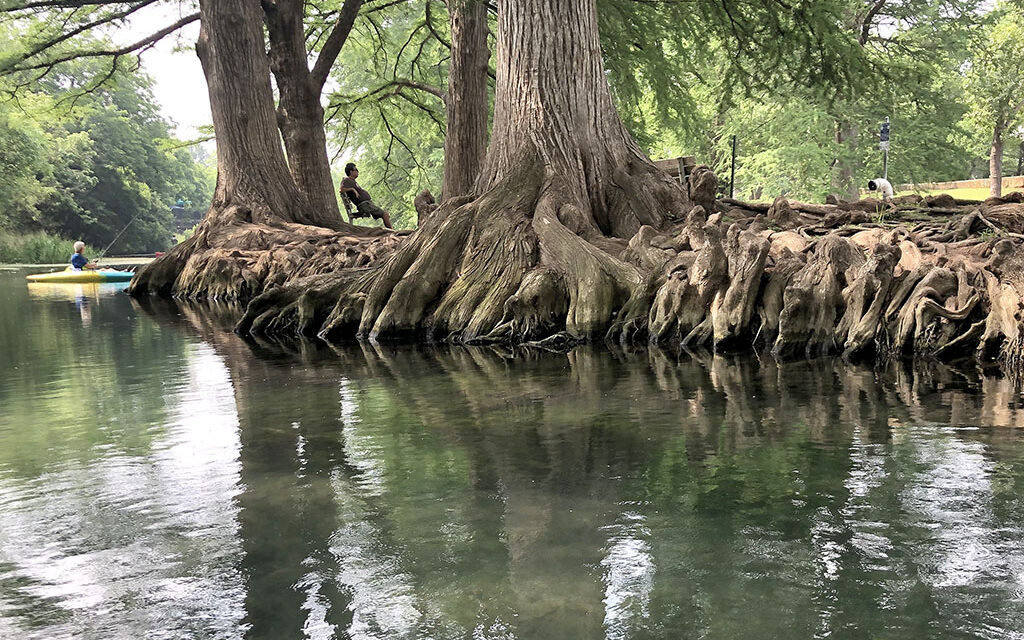By John Jefferson
What’s the world’s oldest way of putting food on the table is the question. It may not have been a profession, but sooner or later it became one.
The correct answer is – for the purpose of this column — fishing, of course. It dates back in recorded history as early as 70,000 B.C.! Hungry folks all across the known world practiced it. But those early day dudes gathered fish by hand, using spears, nets, and by angling and trapping until needs, skills, and equipment made that way of life easier.
But they succeeded in feeding their families without what’s now called a “boat,” and certainly without a 200-horse-power motor to push it, a trolling motor, or a little thing one could look at to help him find fish.
Nowadays, people can still learn to fish without any of those items through Texas Parks and Wildlife Department (TPWD). Books, magazines, and newspapers also help tell how to do it … thankfully.
A couple of weeks ago, TPWD invited media members to attend a “Fishing for Conservation” program, followed by a kayak-fishing trip the next morning on the picturesque San Marcos River (see photo). The program was presented at the A.E. Wood Fish Hatchery east of San Marcos.
The river begins in San Marcos, winds around town and Texas State University and flows on to the southeast through relatively low-density human populations. It may be Texas most pristine and unlittered stream — even with college tubing traffic!
The program was directed by Jason Mercer of TPWD’s Communication Division. Most speakers were Inland Fisheries Division employees.
The classroom portion included information about what different sections of TPWD could do to help the public understand fishing better. I got to meet Natalie Goldstrohm, the amiable ShareLunker Program coordinator who has answered my numerous telephone questions about the program honoring the catches of thirteen-pound largemouth bass and larger. It’s possibly the best-known fishing program sponsored by TPWD since it reports the largest bass caught during the year. Anglers nationwide are aware of it. This year, nineteen ShareLunkers were caught from seven different waterbodies, and three reservoirs produced their first one ever.
But TPWD manages more than just bass. The Aquatic Education Program helps folks get started in fishing through the Neighborhood Fishing Program and Community Fishing Lakes. The Angler Recognition Program publicizes Texas’ fishing through state and waterbody records, Big Fish Awards, and other accomplishments.
With 3.1 million anglers, 191,228 miles of streams, creeks, and rivers, 1,100 lakes, and 175 native species of fish, TPWD works overtime stocking frequently caught species raised in five state hatcheries — 27 million were stocked in 2022!
Since fishing license sales finance most of TPWD’s fish work, more licensed anglers are needed. Mercer also directs efforts to Recruit new anglers, Retain former licensed anglers, and Reactivate those who have seemingly abandoned fishing. Taking a friend fishing really helps!
After all, just being in or on most Texas waterbodies is good for the soul.
Try it!
JJ




